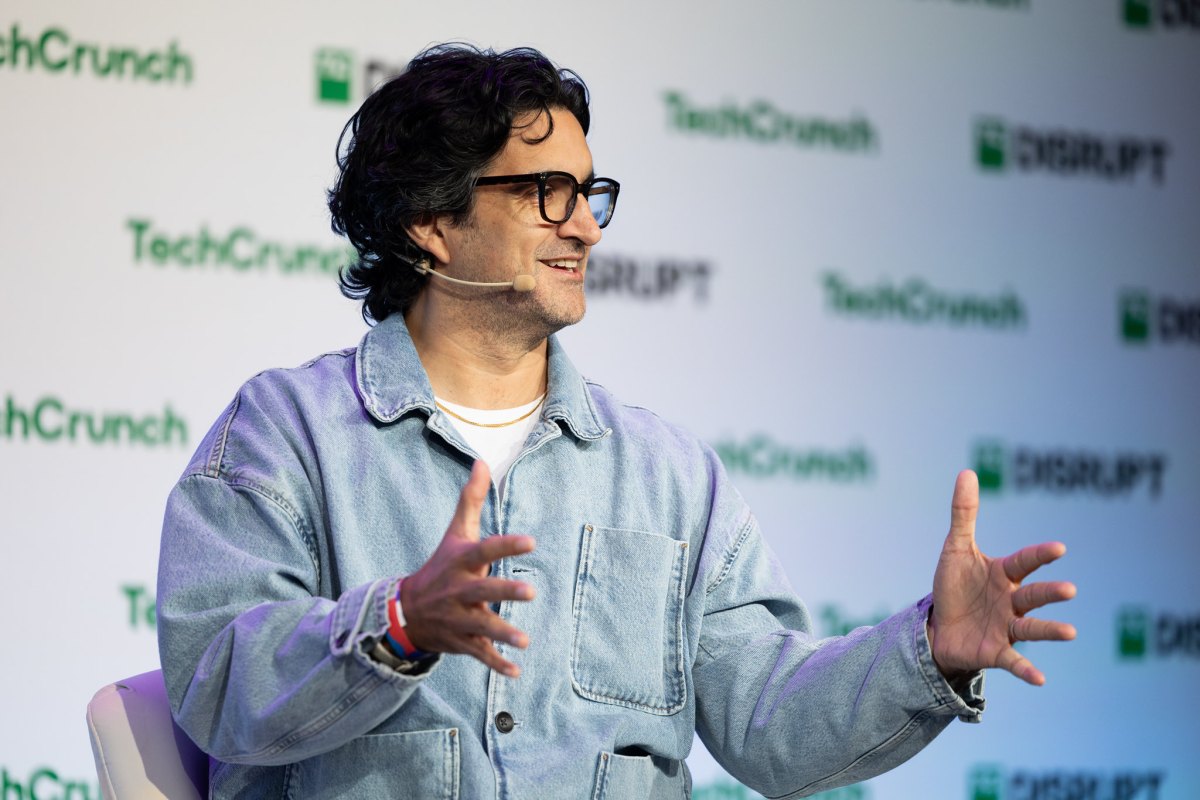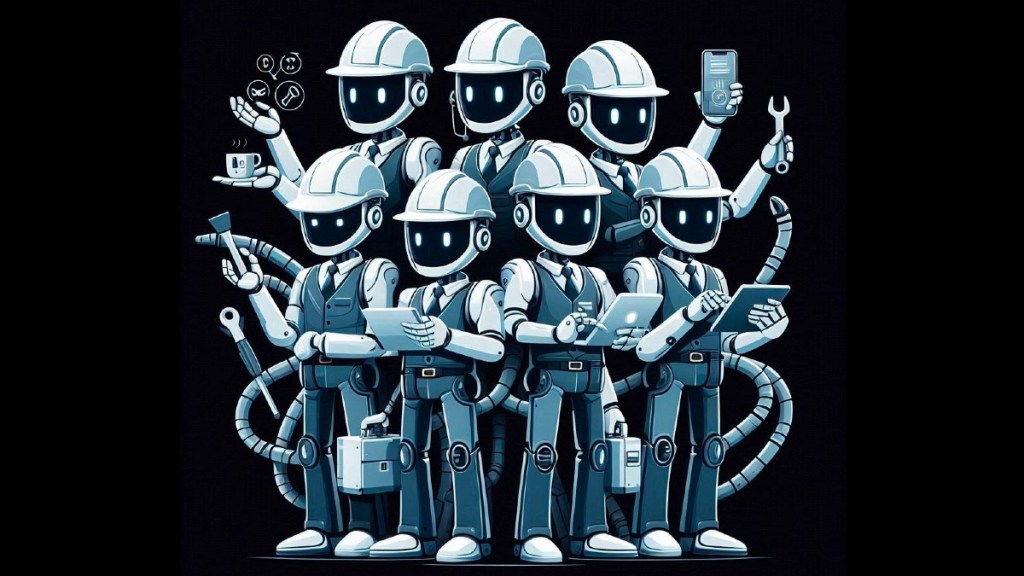Bonobos founder Andy Dunn is back in the builder’s seat, working on an in-person social media platform called Pie. But the biggest lessons he learned from his $310 million Bonobos exit don’t have as much to do with entrepreneurship as they do with staying sane.
When Dunn was in college, he was diagnosed with bipolar disorder, but he didn’t get adequate treatment until 2016, when he was hospitalized during a manic episode for the second time.
“The manic state is just a disaster — that’s like being in psychosis, you know, messianic delusions. … You can’t accomplish anything in that state,” Dunn said onstage at TechCrunch Disrupt 2024. The incident was enough of a wakeup call that 16 years after his initial diagnosis, he finally took his condition seriously and started going to therapy, taking medication, and monitoring his sleep.
Dunn wrote a book called “Burn Rate: Launching a Startup and Losing My Mind,” documenting the parallel processes of building Bonobos and figuring out how to accept and then manage his bipolar disorder. But the lessons from the book are applicable for entrepreneurs beyond those with Dunn’s diagnosis.
“We all have mental health, right? It doesn’t take a diagnosis to suffer or struggle,” he said.
Still, entrepreneurs tend to report a higher incidence of mental health issues throughout their lives than the average person.
“There’s definitely a correlation between neurodivergence and creativity,” he said. “I don’t know if entrepreneurship attracts people who are neurodivergent, or it makes them more neurodivergent, but there’s certainly some kind of a virtuous and sometimes unvirtuous cycle there.”
That interplay between mental illness and entrepreneurship is even more palpable for Dunn, who says that the state of hypomania — the high of bipolar disorder, as opposed to the crushing depressive periods — could be conducive to running a startup.
“Here are the DSM criteria for [hypomania]: rapid speech, increased ideation, grandiosity, decreased need for sleep, ability to be more creative … more or less the central casting traits of an entrepreneur having a good day,” he said. “I was able to benefit from that, but the price that I paid was ultimately too high. I was depressed with suicidal ideation for between two to three months a year, and then ultimately, the full mania and psychosis came raging back, which was catastrophic.”
But even in an astonishingly productive hypomanic state, Dunn doesn’t think he was the greatest boss or colleague. He said that one of the side effects of hypomania is becoming irritable when people disagree with you, which is essential to running a collaborative company. Now, running Pie, Dunn welcomes this debate.
“When we disagree, let’s go, let’s disagree even more, because we’re going to be able to make a better decision coming out of it,” he said.
While discussions about mental health have become more mainstream, founders still worry about the stigma of revealing a diagnosis to colleagues and investors. Dunn is an adviser to the Founder Mental Health Pledge, which asks investors to advocate for the mental health of the founders they invest in. But he’s not naive that the stigma is still present — when founders ask for his advice about when to disclose a mental health concern to investors, he says to wait six weeks until after the deal closes.
“We raised $125 million at Bonobos — would you give $125 million to someone who can either be psychotic or catatonically depressed?” Dunn said. “But also, you shouldn’t do what I did and hide it, because then, you know, when there is a crisis, it’s a surprise.”
Dunn’s discussion of his experience with bipolar disorder doesn’t seem to have hurt his ability to fundraise, though — Pie just raised a $11.5 million Series A. As public as he is about the severity of bipolar disorder, he’s also open about how his regimen of therapy and medication have helped him live a stable life.
“I treat bipolar as my Olympic regimen. For Simone Biles, it’s how to navigate and win the gold,” he said. “For me, the gold medal is to die of something else, right? Because the horrible thing about bipolar is the suicide rate.”
Now, the next test for Dunn is to do the work it takes to make Pie a success without sacrificing his stability.
“Here’s the challenge,” Dunn said. “We want to have good mental health, and we want our teams to have balance in mental health, and yet a 40-hour workweek doesn’t cut it. You can’t change the world with a bunch of people working 40 hours a week.”
One way Dunn has navigated this fine line is to be open with job candidates about what the work will entail, as well as how he will support them with company benefits.
“I have a new spiel I give when recruiting, which is, this is a 50- to 60-hour-per-week job, and in return, you’re going to get two awesome things. One, you’re going to learn more and grow more and develop more. Two, you’ve got equity,” he said.
Like any startup leader, Dunn wants his team to work hard, but he believes there’s a way to do that without it backfiring. In describing his time at Bonobos in “Burn Rate,” Dunn writes, “I came to a classic mistaken conclusion of an immature startup founder: if the business isn’t working, then we must not be working hard enough.”
There’s no denying that founders need to work hard — but taking care of oneself is part of that hard work.
















































































































































































You must be logged in to post a comment Login